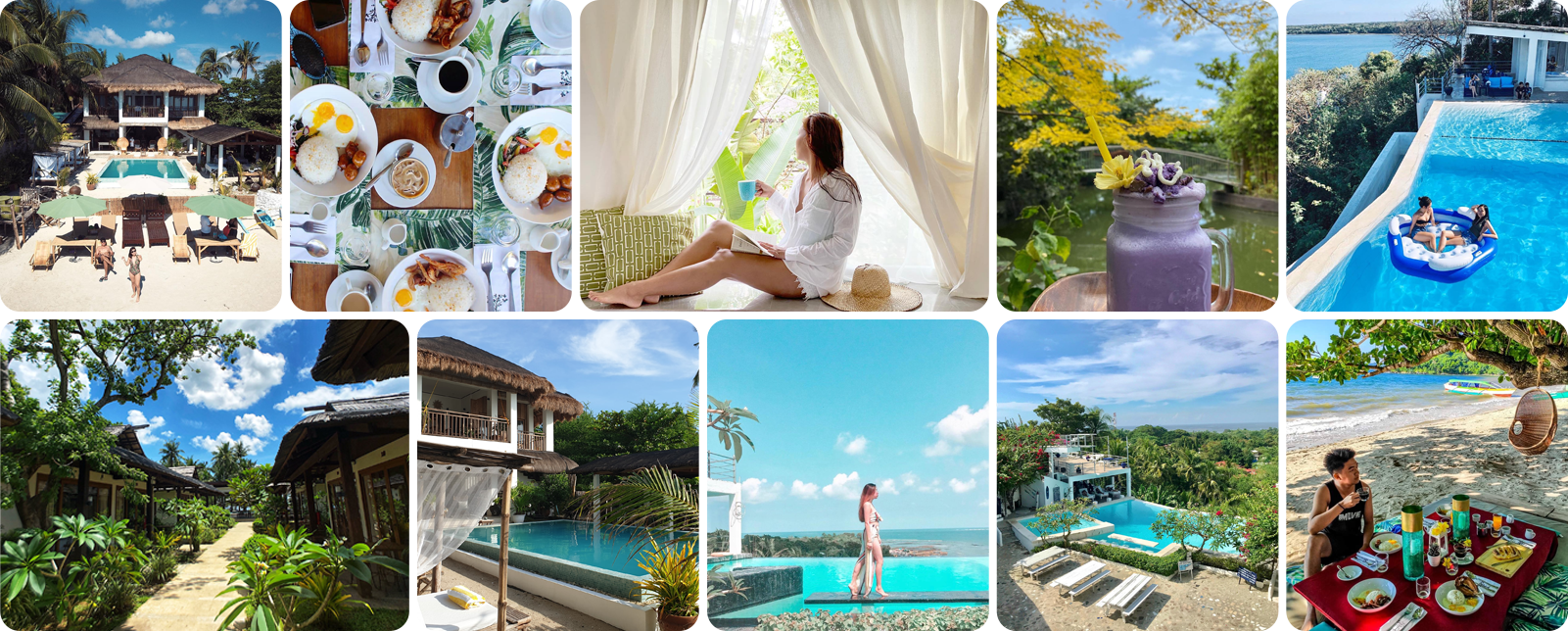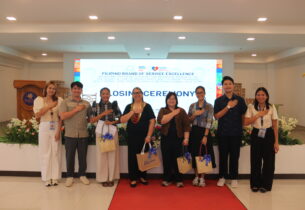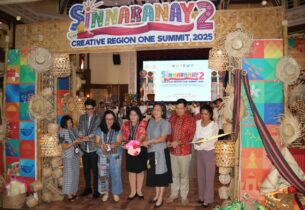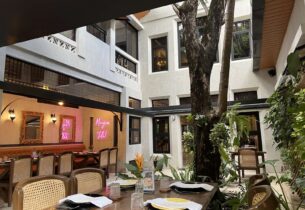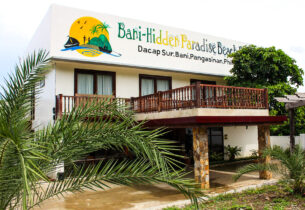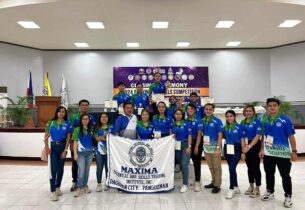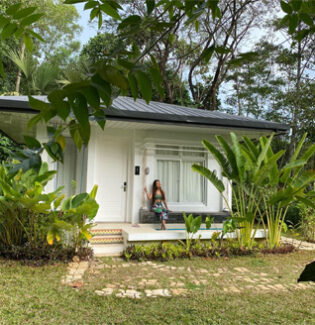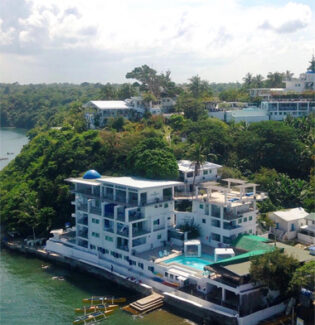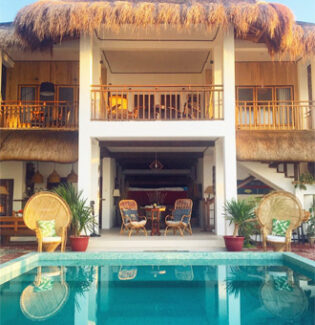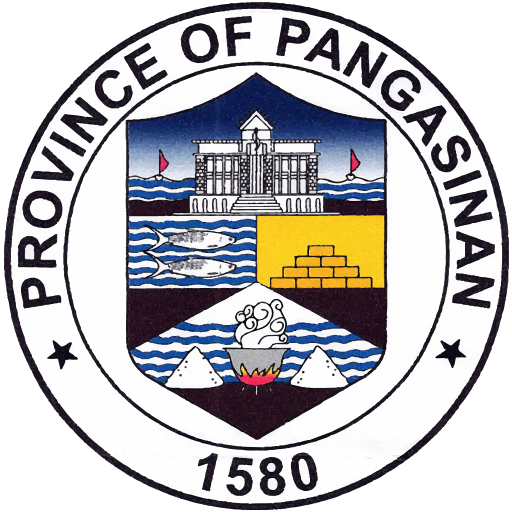The town of Agno is located in the west, along the coast where one could catch a glimpse of the West Philippine Sea. Its name originated from a species of swamp tree called “Agno Casto”, a tree used for medicinal concoctions that help alleviate pain and illness.
Aguilar was founded as a municipality in July 16, 1805 through a decree issued by Governor General Rafael Maria de Aguilar whom this town was named after.
Alaminos used to be a part of Bolinao which was one of the nine towns in the northern most part of Zambales. It became a town independent of its mother town in 1747. The town got its name in 1872 in honor of Lieutenant Governor General Alaminos, the then Governor General of the Philippines.
The town of Alcala was formerly called “Dangla”, a flourishing barrio of Bayambang. On September 20, 1875, Royal Decree No. 682 was issued making the place an official municipality to be named ALCALA, the name of a town in Spain where the then Governor of Pangasinan came from.
Uninhabited except for occasional stopovers by fishermen and seafarers, Anda was first formally occupied in 1842 when Andres dela Cruz Cacho or Andales Kulayo as he was fondly called by locals in Bolinao, brought families from Bolinao and let them settle across the island of Cabarruyan.
The old folks of the town vividly recall the story of a fierce woman chieftain who ruled a wilderness along a stream east of the present site of the town proper of Asingan. The kingdom was in a place called Masicampo. Chiefs of neighboring villages feared her and never dared to invade her territory.
It is generally believed that Balungao was officially founded in the year 1815. The town was still a part of Cuyapo, Nueva Ecija but, considering its geographical location, it was segregated from the township of Cuyapo, Nueva Ecija in the later part of the 18th century.
Formerly named San Simon, was once a part of Northern Zambales. On November 21, 1903, it was annexed to the Province of Pangasinan.
Basista was once a biggest and most progressive barrio of San Carlos City.
Bautista gained its municipal status in 1900. It is in this town in 1899 where Jose Palma wrote his poem “Filipinas” which became the lyrics of the Philippine National Anthem.
Bayambang in the early days had a big territorial coverage. The municipalities of Bautista, Alcala, Sto. Tomas and Rosales were once part of the old Bayambang.
The town’s name is an evolution of the Ilocano term “balon”, which means “packed lunch”, or in Tagalog, baon.
Binmaley derived its name from the Pangasinan phrase “nanmaliw ya baley”, meaning, a place or territory that has been converted into a town because it is believed that the municipality was formerly a part of the town of
Binalatongan, now known as San Carlos City.
Originally a settlement located at the northern coast of Santiago Island, it was eventually moved to the mainland due to raids done by aggressive Moro pirates.
The municipality of Bugallon was formerly called “Salasa”. It was founded in January 24, 1719.
Burgos was founded as an independent town in 1830 by the early Ilocanos from Paoay, Ilocos Norte headed by Don Matias Guiang.
The Municipality of Calasiao is the second oldest town in the Province of Pangasinan. It was founded by the Dominicans in the year 1588.
Dagupan City was originally named Bacnotan by the Augustinian missionaries a few years after the establishment of the Spanish encomienda in Pangasinan in 1583.
In the early part of the 18th century, Dasol was just a part of a municipality which today comprises the municipalities of Mabini, Burgos and Dasol.
Originally, the town of Infanta was a barrio of the Municipality of Sta. Cruz, Zambales.
Get out from your doubts and worries. Labrador is a flood-free town and away from faultline zone of dangers.
Laoac is the youngest town of Pangasinan. The barrios constituting Laoac were all part of the town of Manaoag.
The municipality got its name from a certain corpulent tamarind tree that grew at the present town plaza. The tree was exceptionally big, tall and spreading that the surrounding trees were just dwarfs in comparison.
Once known as “Balincaguing” or “Home of Bats”, Mabini was originally a part of Zambales, existing as a town as early as 1800 under the leadership of Don Isidro Puzon.
The municipality traces its origins during the middle of the 17th century when Spanish friars opened a mission intended to convert the native population to Catholicism. Several families grouped together for mutual protection from wild beasts and lawless elements.
Manaoag began as a small settlement of Cawili, now the town of San Jacinto, by the banks of Baloquing Creek in the early 1600’s. Some years later, the Augustinian Fathers established a Christian Mission which was originated and regarded as the Mission of Sta. Monica.
The town of Mangaldan is one of the oldest towns in the Province of Pangasinan. It was founded in June 1600.
Mangatarem derived its name from the combination of the Ilocano word “Manga ken Tirem” which means “mango and oyster”.
The municipality was formerly a barrio of Mangaldan. It was conceived into a municipality in 1909.
The town of Natividad was founded on March 7, 1902.
The town of Pozorrubio was formally inaugurated on January 13, 1870. Pozorrubio is known for her exportable handicrafts consisting of rattan, buri, bamboo and metal crafts.
Rosales was created as a separate municipality through a Royal Decree in 1852. It was named in honor of Don Antonio Rosales.
San Carlos City was once known as Binalatongan. From the time of its founding up to the middle of the 19th century, it was considered as the biggest and most populous town of Pangasinan composing a whole third of the Province.
San Fabian was founded on March 23, 1717. The town was named in honor of a crusading Pope, St. Fabian, who ruled the Roman Catholic Church for almost 13 years during the reign of the Roman Emperor Dictus.
San Jacinto was founded on August 17, 1598 by Rev. Fr. Herminigildo Milgar. The town was named after Father Jacinto who was canonized by Pope Clemente in 1598.
The town was named after Don Manuel Sequig, the founder and leader of the settlers who explored the virgin forest from the bank of the Agno River towards the grassy lands of the west to the foot of the Cordillera Mountains in the north.
The town was founded in 1610 by Nicolas Patricio. He led them towards the realization of their obsession. His ideas led them where his heart follows
At the close of the 17th century, San Quintin was still a wilderness inhabited by fierce man-eating tribes called “Ubilaos”. At the beginning of the 18th century, the first Christian settlers from the coastal towns of La Union and Ilocos Sur arrived.
The mother town of Sison is San Fabian. Bulaoan, formerly a big barrio of San Fabian became a municipality named Alava in 1868. In 1907, the township of Esperanza was organized.
Sta. Barbara was originally called Sta. Barbara de Tolong. The town was founded on October 30, 1741.
Named after its Patron Saint, the Virgin Mary, Sta. Maria was formerly a barrio of Tayug, Pangasinan. It became a town in 1863 but was fused to Tayug later because of its inability to maintain financial stability.
Prior to its creation as a municipality, Sto. Tomas was only a barrio of Alcala which at the time was called “Arranggo”. When the municipality was created in 1898, the name “Arranggo” was changed to “Sto. Tomas”.
The town of Sual was founded on May 20, 1805 when Governor General Rafael Maria de Aguilar issued a decree granting the separation of Sual from
Labrador because Sual was initially a part of San Isidro Labrador de Tobuang
(now called Labrador).
Tayug was first organized as a municipality in the Province of Nueva Ecija on February 4, 1817. In 1837, Tayug was ceded to the Province of Pangasinan.
Umingan is located at the foot of the Caraballo Mountains. It is bounded in the north by San Quintin, Pangasinan; east by Lupao, Nueva Ecija; south by Cuyapo, Nueva Ecija and Balungao, Pangasinan in the west.
Urbiztondo was founded in the year 1851. The town was christened after the surname of Spanish Governor General to the Philippines,
General Antonio Urbiztondo, one time conqueror of the Moros of Jolo.
Urdaneta was founded on January 8, 1858. It was named after the famous aide of Magellan, Father Simon de Urdaneta, a soldier, navigator, cosmographer and evangelist.
Villasis was a barrio of Malasiqui in the early 17th century and was known by its former name, “Pandoyocan” because it is the nesting ground of bees called “oyocan”.
